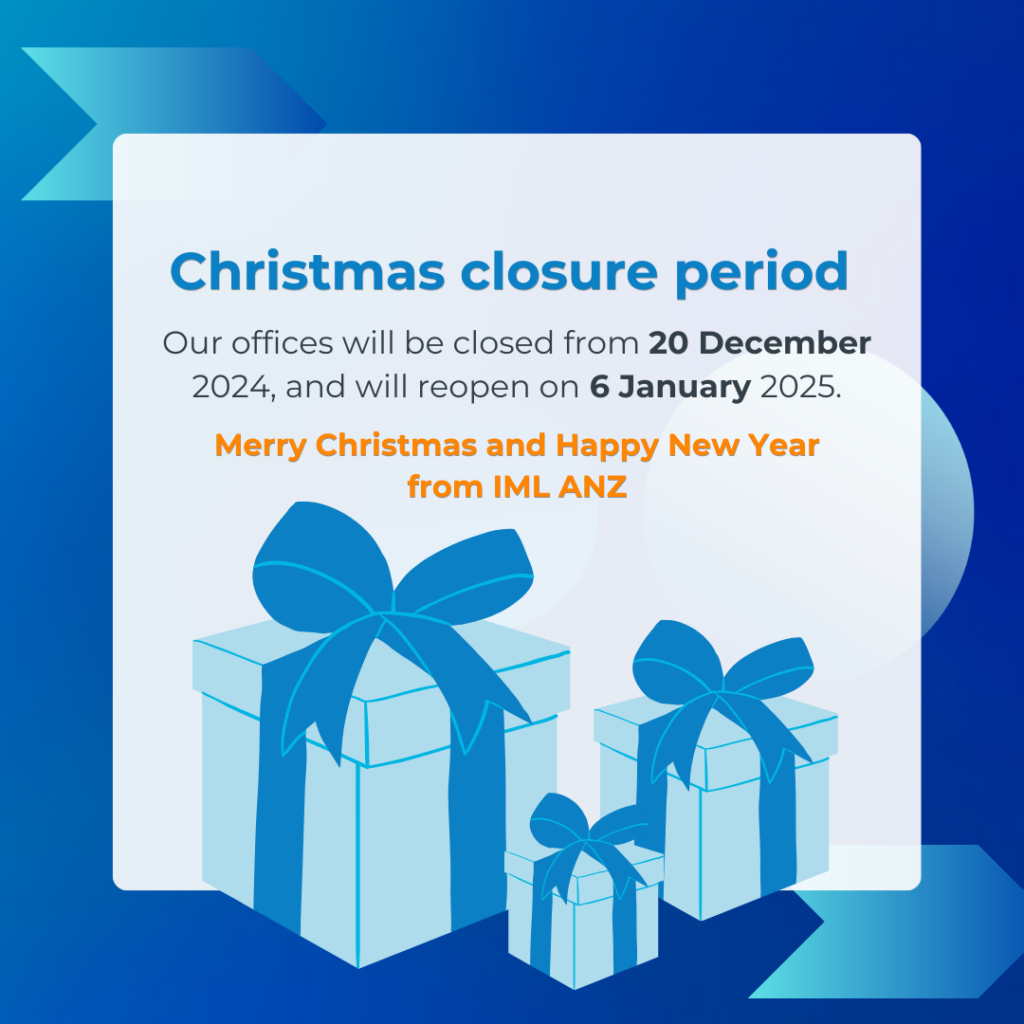Many of today’s thinkers discuss how to identify if you have a bad culture but few ask how bad cultures occur. It’s like there’s a disease, and all the experts are talking about how to identify if you have the disease and what to do if you have it, but no one asks how one catches the disease in the first place. This problem is so pervasive that a search for “what creates a bad culture” produced only two results on Google in 2021. But searching Google for signs of a bad culture without quotation marks produced 378 million results.
When you haven’t fixed the root cause of your culture issues, people start to believe that you don’t care. This only contributes even further to a bad culture where people leave. The cycle will continue. Your people won’t be able to sympathise with staffing issues, the number of people leaving your business or that it is really tough to hire right now.
We might define culture as what you’re willing to walk past, the behaviour you’re willing to accept and not accept. And so, a person’s understanding of acceptable behaviours and other expectations connects with retention. While some factors leading to attrition are outside your control, things such as the effectiveness of your onboarding process are within your control, can be managed, impact retention efforts and create real cost savings.
The employee review website Glassdoor recently found that organisations with a strong onboarding process improve new hire retention by 82 percent and productivity by over 70 percent. And so, in the current climate, the impact of onboarding and its effectiveness has become an interesting topic. Yet the brutal reality is that most firms do a terrible job of onboarding, and almost everyone has a bad onboarding story.
In a global research survey I commissioned of over 1,100 CEOs and hiring managers, I asked how onboarding impacts them and their teams. It found that 83% of organisations have an onboarding process of 14 days or less, with almost 50% of the total being less than seven days. Yet, the data also demonstrated that the real impact of onboarding continually increases from 30 to 90 days. The vast majority of onboarding processes have a duration that is simply too short to produce a tangible impact on either productivity or retention.
One of the correlations was how a new hire’s understanding impacts retention after the onboarding period. Respondents who agreed that new hires understood most of the culture, the technical and process expectations, and their manager’s expectations after onboarding were 3.5 times more likely to agree that onboarding affects retention. These leaders were managing an effective onboarding process and were aware of how that impacted their retention efforts.
Employee engagement firm, Tiny Pulse, has identified that employees who rate their manager’s performance poorly are four times more likely to be interviewing elsewhere. Therefore, a manager’s performance during the onboarding period becomes a critical factor affecting the first year’s attrition rate. In addition, whether a person resigns or is fired, their direct manager is a crucial part of either decision.
So, if you really want to fix your staffing and retention issues, start with an effective onboarding process that actually helps your new hires understand how to succeed.
Brad Giles is the founder of Evolution Partners and author of Onboarded: How to bring new hires to the point where they are effective, faster.
Develop your confidence and effectiveness as a manager by enrolling into one of our life changing leadership development programs. For more details click here.



